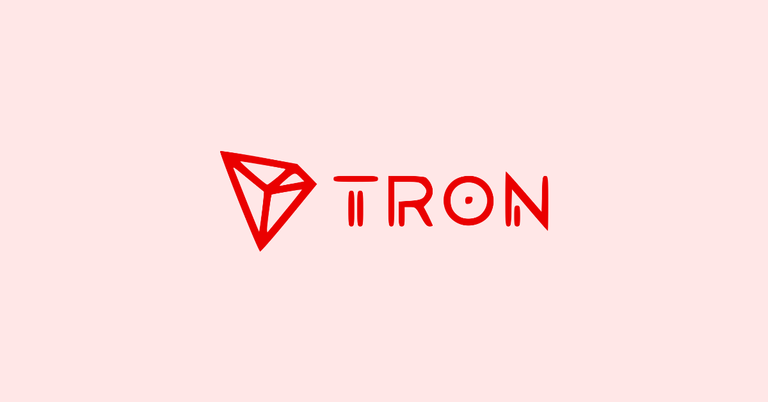
Ethereum has regained its status as the leading blockchain for Tether (USDT), overtaking Tron with a total supply of $60.3 billion. This resurgence follows a 9.3% increase in USDT circulation on Ethereum over the past week, while Tron experienced a 1.5% decline, reducing its supply to $58.1 billion, according to data from DefiLlama.
This marks the first time since 2022 that Ethereum has reclaimed dominance in this critical segment of the cryptocurrency market.
Total USDT Supply Reaches a Record $132 Billion
The overall supply of Tether has surged to an all-time high of $132 billion, signaling a bullish outlook for the cryptocurrency market. Stablecoins like USDT play a vital role in the crypto ecosystem by ensuring liquidity for trading activities and facilitating seamless capital flows.
Ethereum’s growing importance is largely attributed to its adoption by financial institutions for the tokenization of dollar-backed assets. In contrast, Tron remains highly popular in regions experiencing high inflation, thanks to its low transaction fees and fast processing times, making it an ideal choice for stablecoin savings.

Ethereum solidified its leadership on November 21, and the gap widened further on November 23, when Tether issued $2 billion in USDT on Ethereum compared to $1 billion on Tron.
Other Blockchains Hosting USDT Supply
In addition to Ethereum and Tron, several other blockchains feature prominently in the distribution of USDT supply:
- BNB Chain: $4.58 billion
- Arbitrum: $3.09 billion
- Avalanche: $1.31 billion
Tether remains the largest stablecoin in the world, boasting a market capitalization of $132.3 billion. Its closest competitor, USD Coin (USDC) by Circle, holds a significantly smaller market share with a supply of $39 billion.

Ethereum’s USDC Dominance
Ethereum also leads in the circulation of USDC, accounting for $26.3 billion, or 67.5% of the total USDC supply. In contrast, Tron lags behind, hindered by Circle and Binance's decision to withdraw USDC support on the Tron network earlier this year.
This decision has further limited Tron’s ability to compete with Ethereum in the stablecoin sector, reinforcing Ethereum’s position as the dominant blockchain for major stablecoins.
Tether’s Growing User Base
In October, Tether announced that it had reached 350 million users globally, equivalent to approximately 4.2% of the world’s population. This milestone underscores the critical role of stablecoins in the digital asset economy, offering users stability and efficiency in volatile markets.

Cantor Fitzgerald Acquires 5% Stake in Tether
In a significant development, financial services giant Cantor Fitzgerald recently acquired a 5% stake in Tether, in a deal valued at $600 million. This acquisition is expected to further strengthen Tether’s position, particularly in the United States, where new regulatory frameworks are anticipated under the Trump administration.
Howard Lutnick, CEO of Cantor Fitzgerald, has been appointed as the Secretary of Commerce by President Donald Trump. His political influence could provide strategic advantages for Tether as the company navigates potential regulatory challenges.
According to sources cited by The Wall Street Journal, Giancarlo Devasini, Tether’s largest shareholder, expressed confidence in Lutnick’s ability to mitigate threats to Tether’s operations.
Political Influence and Future Implications
Lutnick, a key advisor to Trump’s transition team, is actively involved in selecting candidates for key government roles. Some of these appointments are expected to directly impact the oversight and regulatory landscape for Tether and the broader cryptocurrency market.
Once confirmed by the Senate as Secretary of Commerce, Lutnick is expected to step down as CEO of Cantor Fitzgerald. However, his continued involvement in Tether-related matters may shape its trajectory in the face of evolving U.S. regulations.
